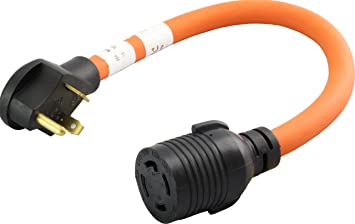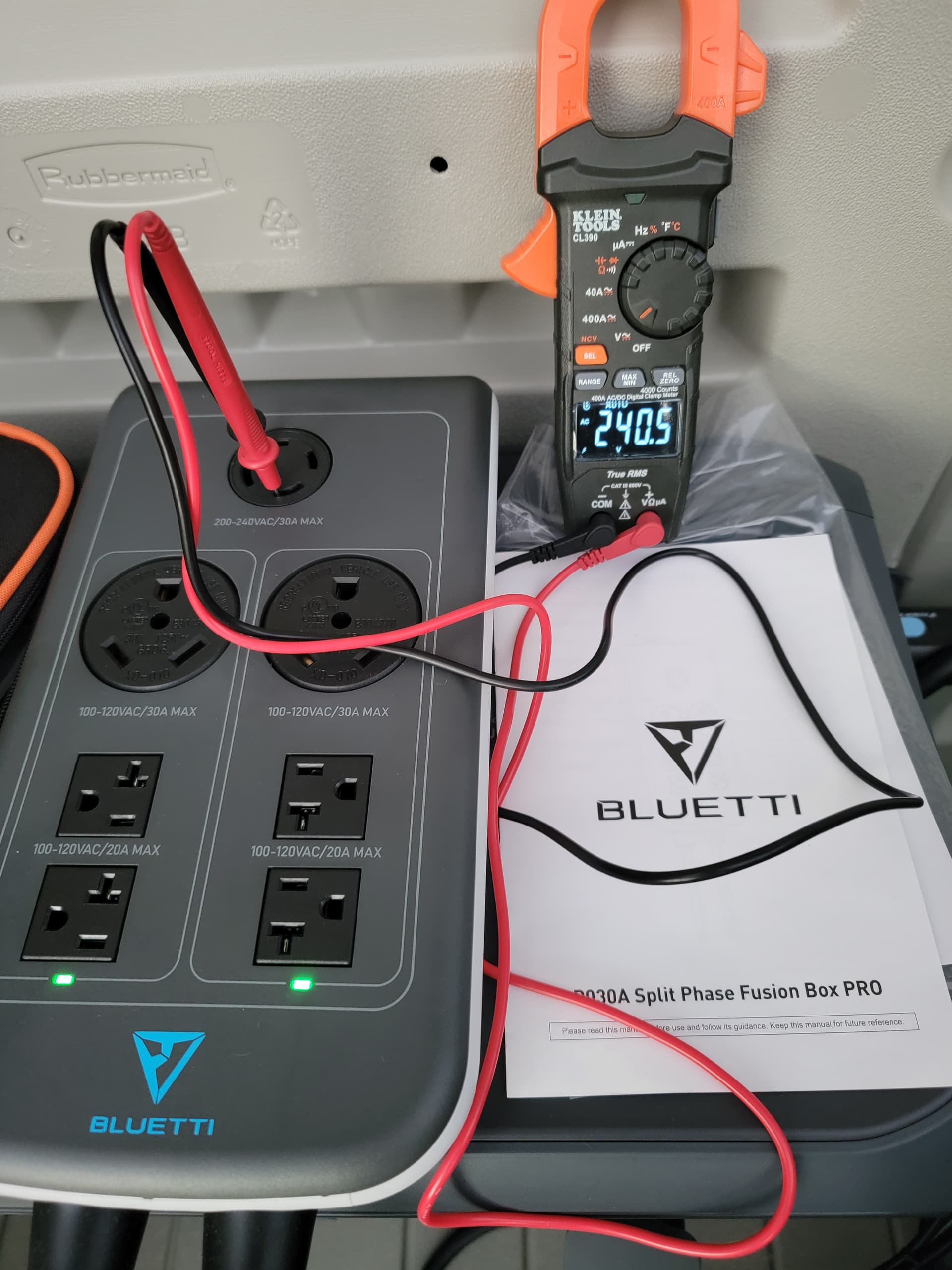I wanted to follow up on my experience with this setup in case someone else finds it useful. The overall outcome was positive but there were some unexpected quirks on setup.
It took several months to receive my P030A. I anticipated getting it sooner; but after April I just didn’t have the time to return to this project until this month (October 2022). So, since March 2022 my 4-B300s and 2-AC300s have sat in their unopened shipping boxes in my basement.
When I finally unboxed them a couple weeks ago I was happy to find that the battery indicator LEDs on three of the B300s showed 80 percent and on the other B300, 60 percent.
When first connecting the units one of the AC300s showed a communication cable fault alarm. I swapped the cables around and finally cleared the error by using the lower connection port on the alarming B300.
Eventually I powered down and swapped the cable back to the B300’s upper port, and this time it didn’t alarm. However, in the Bluetti app, it referred to the batteries as number 1 and number 4, whereas on the other AC300 it called them number 1 and number 2… strange.
One thing I found extremely annoying is that in the iOS app, when trying to enter the WiFi credentials (entering the WiFi SSID name) it kept taking me to the iOS WiFi Settings panel on my iPhone - I could find no way to directly type in the WiFi SSID!
Maybe I am not understanding something, but other IoT devices allow typing in the WiFi SSID directly. I wanted to do this because I created a separate 2.4 GHz WiFi network to keep the Bluetti WiFi isolated from the rest of my WiFi LAN. Seems odd that it kept bouncing to the iOS Settings rather than just letting me type in the SSID for the WiFi. It did allow typing in the password, however. I wasn’t sure if it eventually connected, but it must have, since it allowed updating the firmware.
I charged the batteries to somewhere in the 90 percent range using the 120 V AC utility cable, then connected the P030A.
As a test before trying to power my house’s electrical system (- gulp -), I purchased a 240 Volt, 4800 Watt space heater and used that as a load. Measuring the split phase voltage gave 240 Volts; the AC300s indicated almost 2400 Watts each (see photos), so everything seems to be working as it should. Under load the readings on the “opposite phase” 120 V plugs on the P030A with respect to neutral were each 120 Volts (no photo of that).
Strictly speaking this might not be a thorough test because I believe the space heater’s heating element isn’t referenced to neutral. The 240 Volts is “bridged” - the heating element is driven directly by the X and Y phases but floats with respect to neutral. A home’s split phase for 120 Volt loads would reference each phase to the neutral line. But at least it shows the AC300s can deliver decent split phase output power, and that the 120 Volt legs have the proper inverted polarity. I reckon 240 Volt appliances like a well pump don’t return the load on the neutral either, but run one leg against the other, just like the space heater? Someone who knows about that, please correct me if I am wrong about that.
Robert







